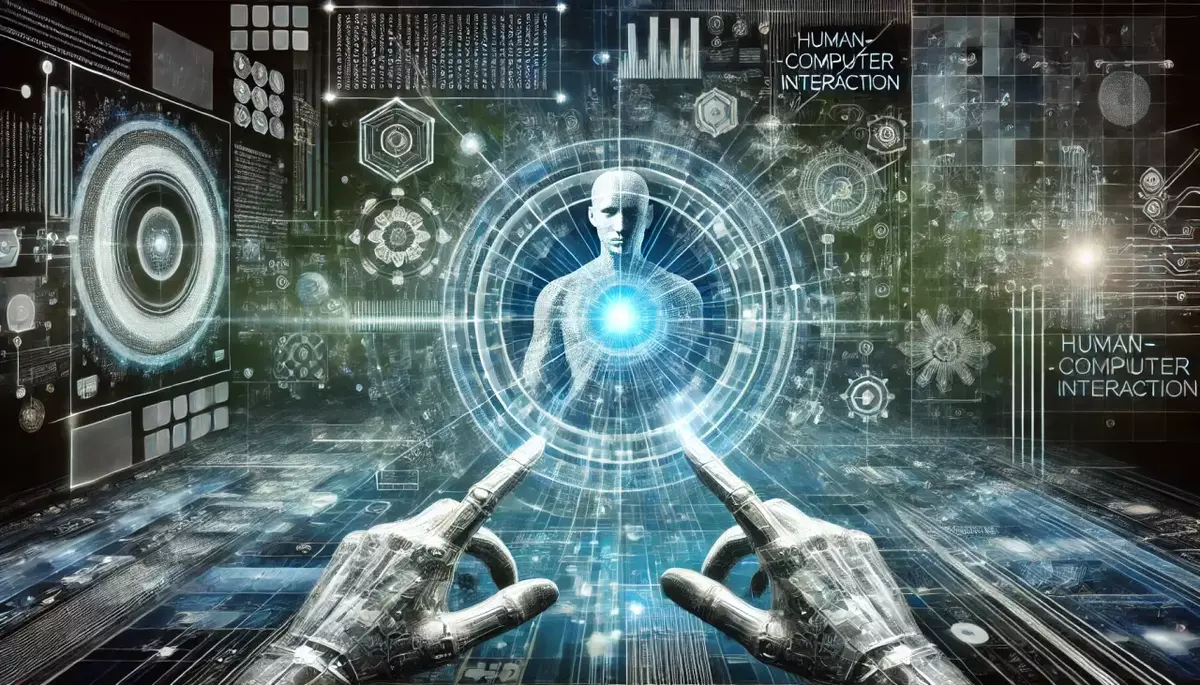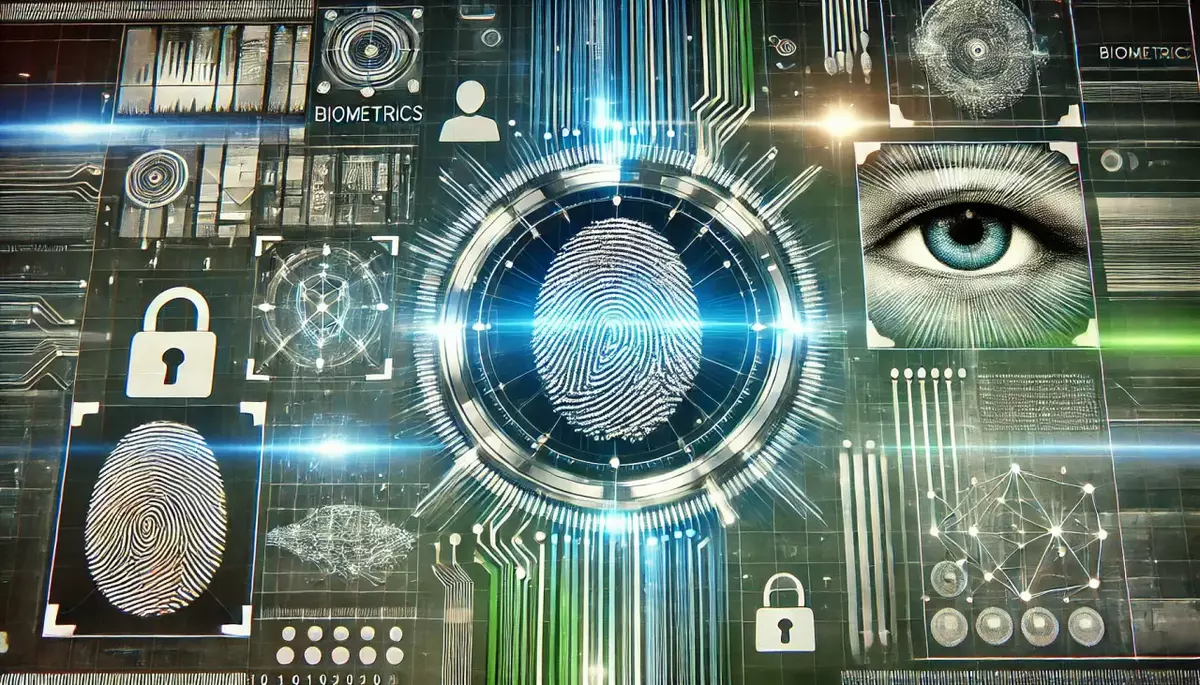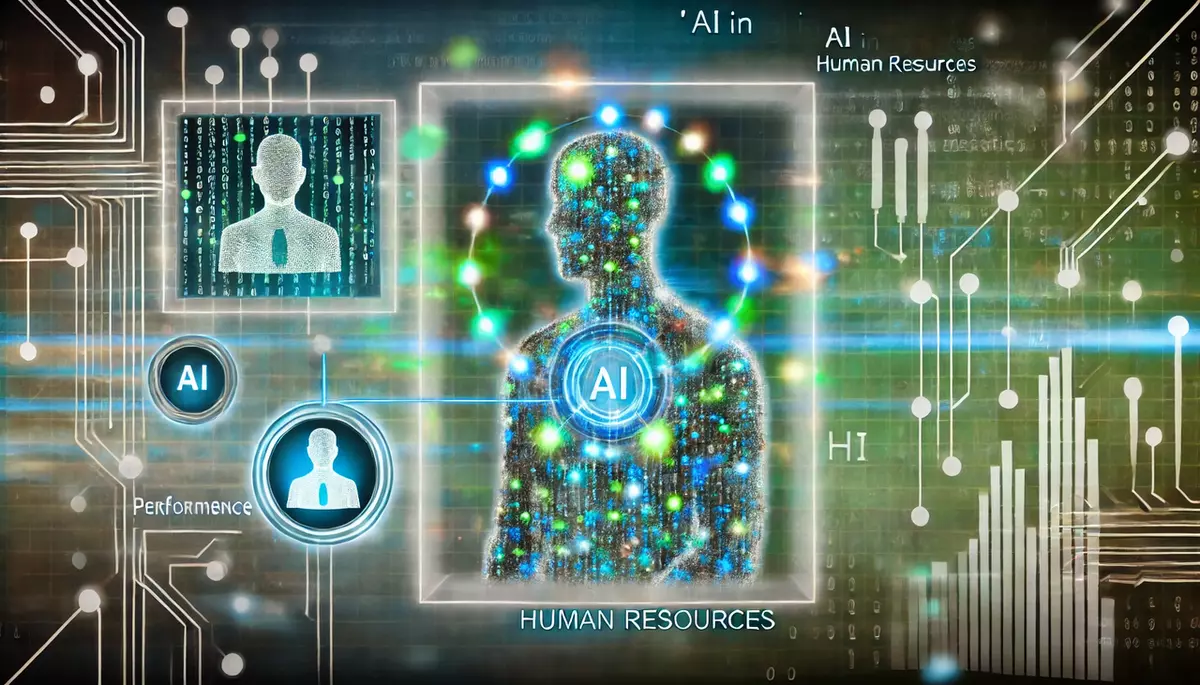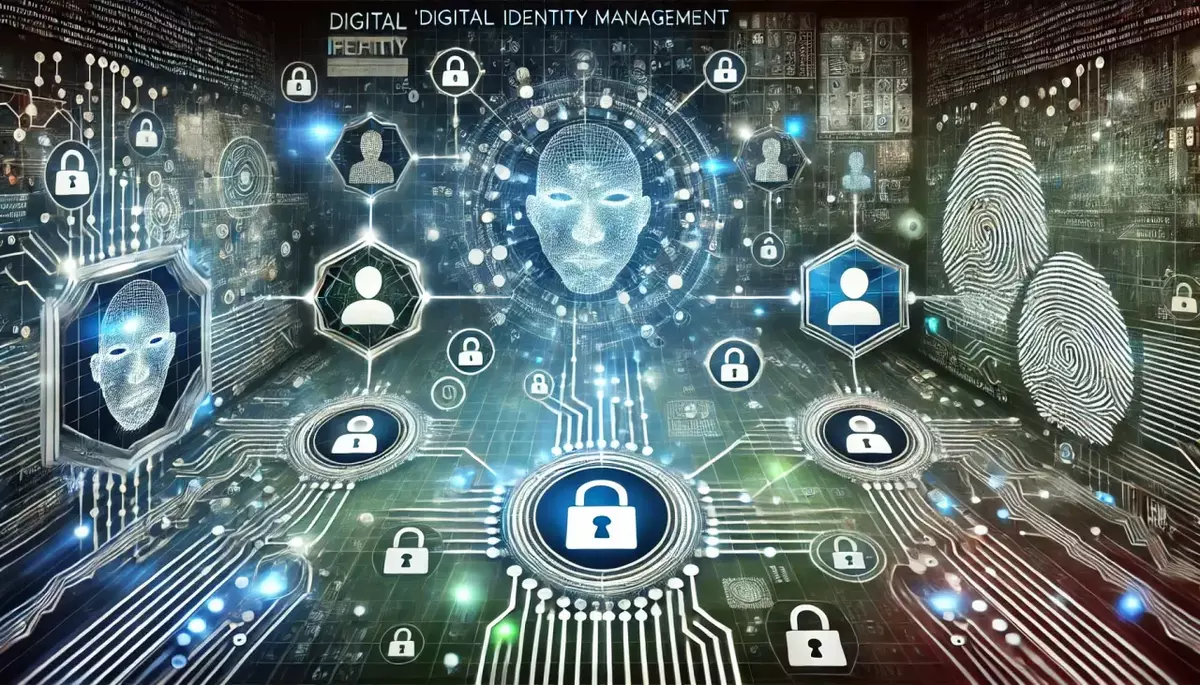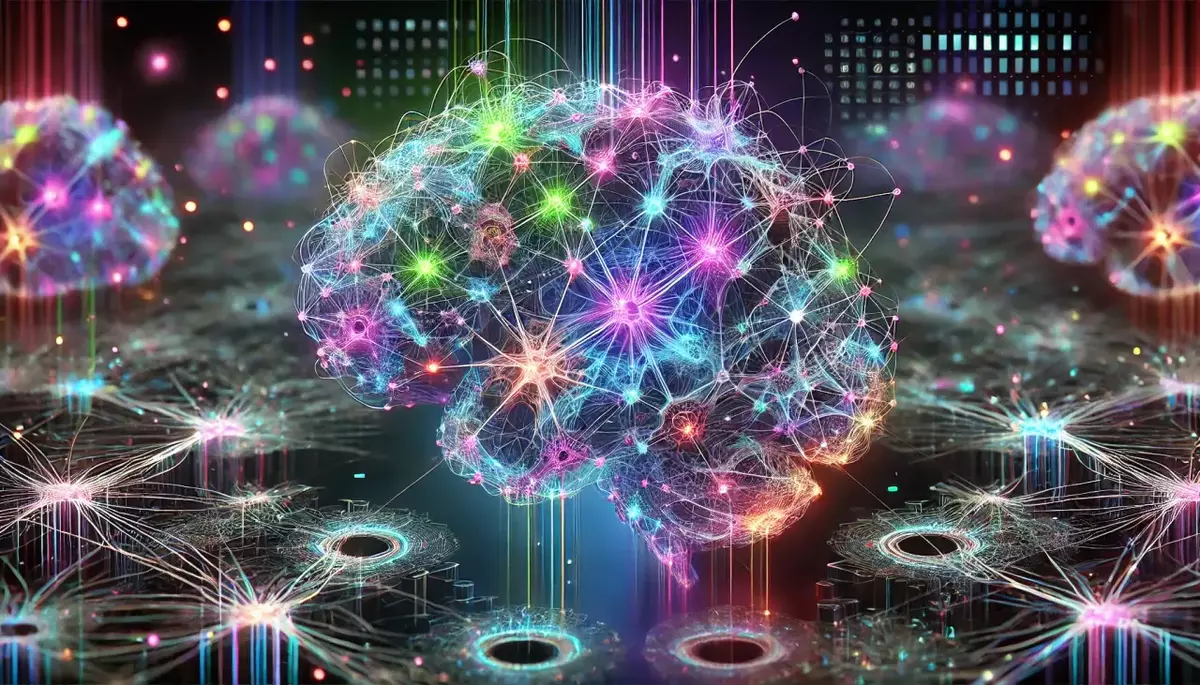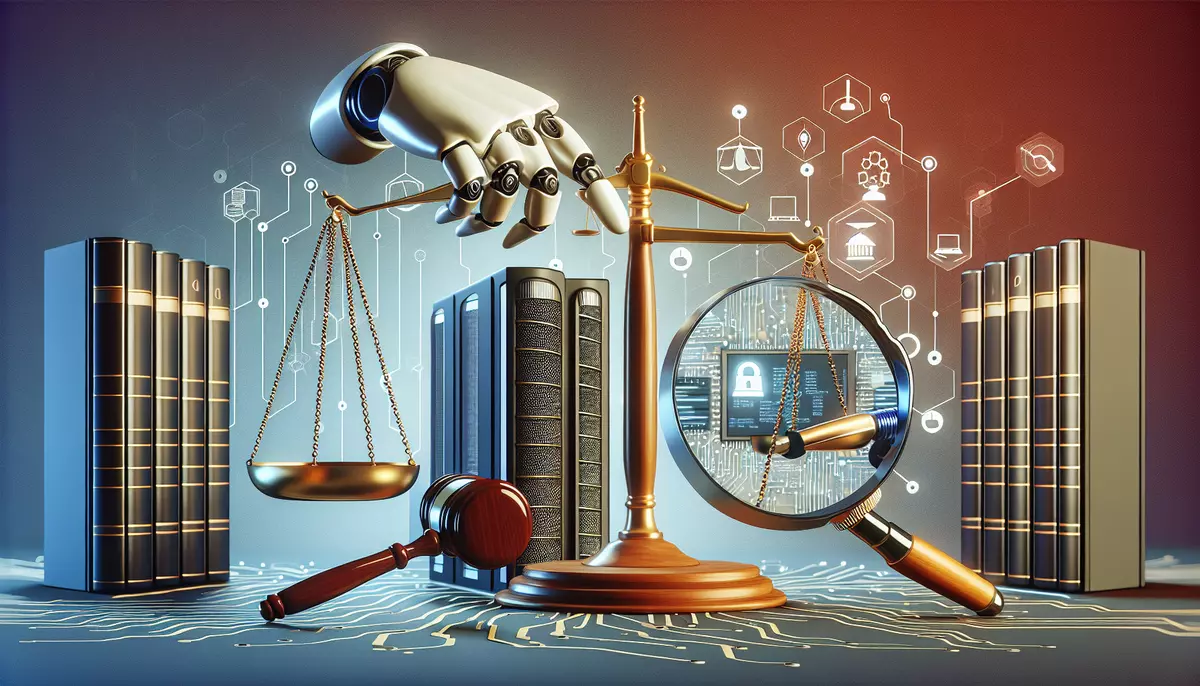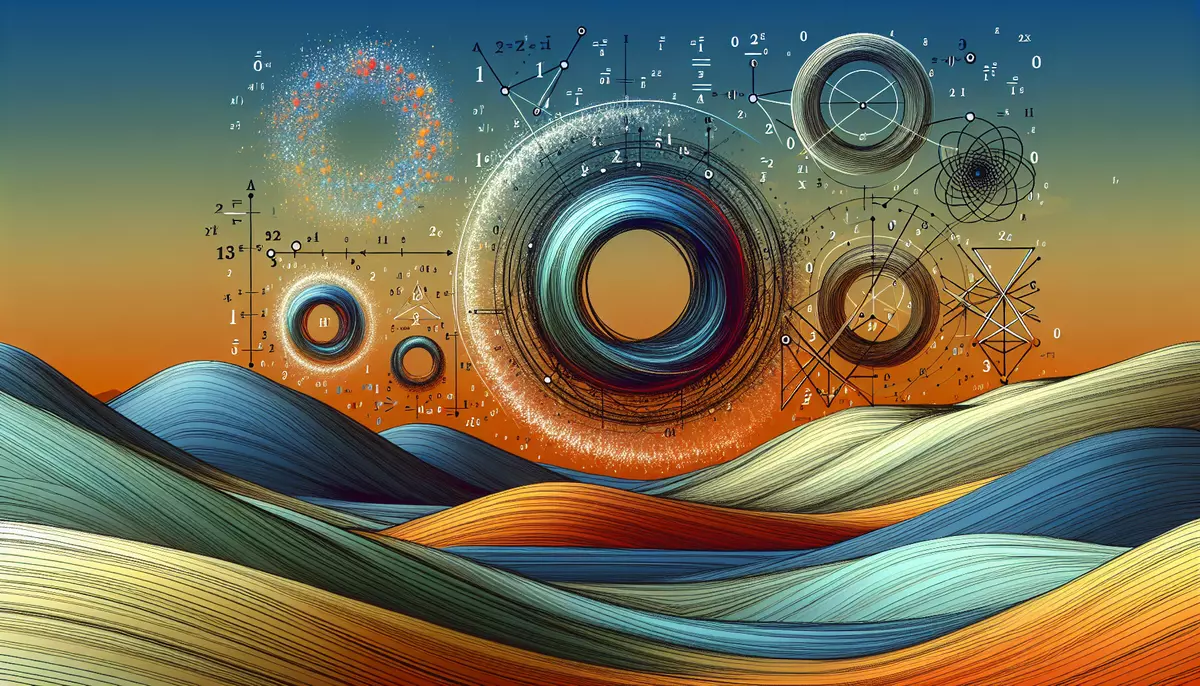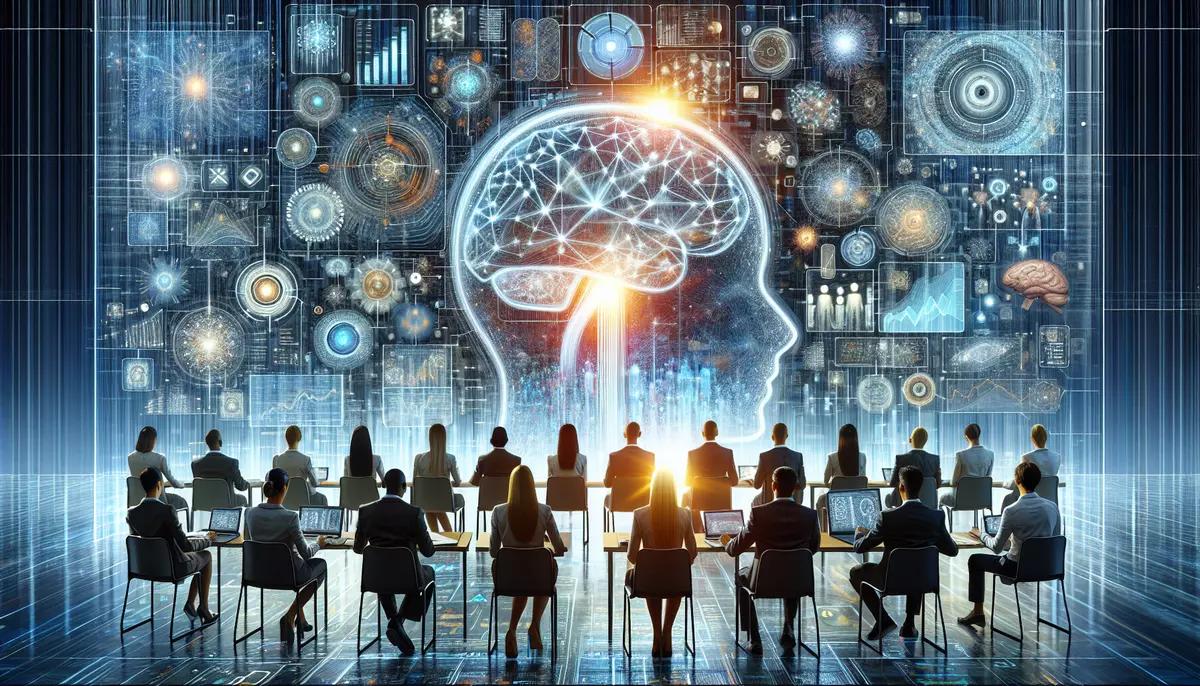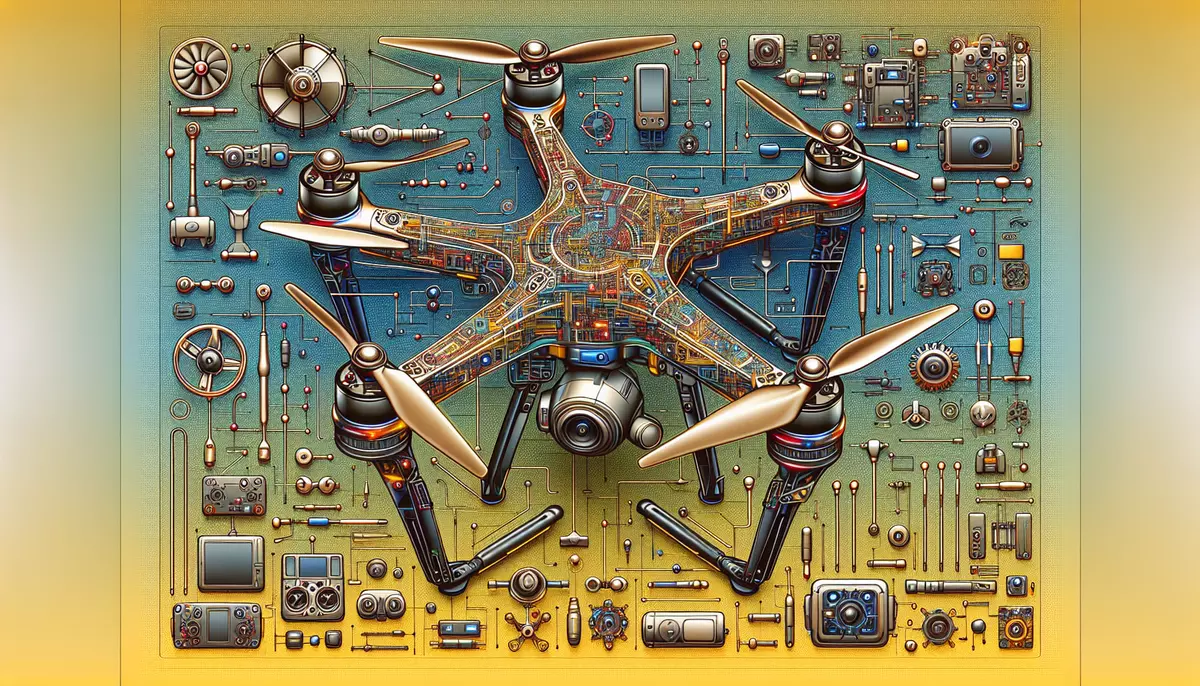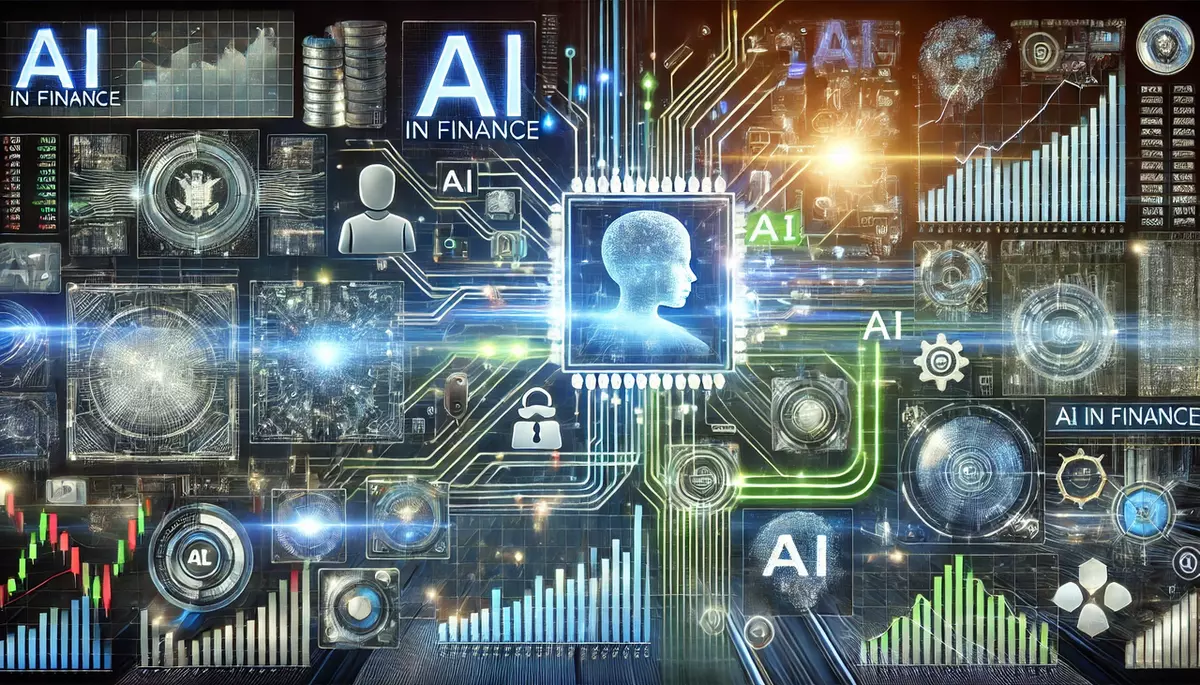Introduction
Quantum computing is an emerging field of study that harnesses the principles of quantum mechanics to perform computations in a fundamentally different way from classical computers. By leveraging the unique properties of quantum systems, quantum computers have the potential to solve certain problems exponentially faster than their classical counterparts, with applications in areas such as cryptography, materials science, and optimization.
What is Quantum Computing?
Quantum computing is a paradigm shift in the way information is processed and stored. Instead of the binary bits (0 and 1) used in classical computers, quantum computers use quantum bits, or “qubits,” which can exist in superposition of 0 and 1 simultaneously. This allows quantum computers to explore multiple possible solutions in parallel, leading to significant performance advantages for certain types of problems.
Key Principles of Quantum Computing:
- Superposition: Qubits can exist in a superposition of 0 and 1, allowing them to represent multiple states at once.
- Entanglement: Qubits can become “entangled,” where the state of one qubit is dependent on the state of another, even if they are physically separated.
- Quantum Tunneling: Quantum particles can “tunnel” through barriers that classical particles cannot, enabling new computational techniques.
- Quantum Parallelism: Quantum computers can explore multiple possible solutions simultaneously, leading to exponential speedups for certain problems.
How Does Quantum Computing Work?
Quantum computers use specialized hardware, such as superconducting circuits or trapped ions, to manipulate and control the quantum states of qubits. These qubits are then used to perform quantum algorithms, which leverage the unique properties of quantum mechanics to solve problems more efficiently than classical computers.
The Quantum Computing Process:
- Qubit Preparation: Qubits are initialized to a known state, often a superposition of 0 and 1.
- Quantum Algorithm: Quantum algorithms are applied to the qubits, manipulating their quantum states to perform the desired computation.
- Measurement: The qubits are measured, collapsing their superposition and yielding the final result of the computation.
Example of a Quantum Algorithm: Shor’s Algorithm
Shor’s algorithm is a quantum algorithm that can efficiently factor large integers, a problem that is believed to be intractable for classical computers. This algorithm has significant implications for cryptography, as it could potentially break many of the encryption schemes used today.
Applications of Quantum Computing
Quantum computing has the potential to revolutionize various fields by providing exponential speedups for certain types of problems:
Cryptography:
- Breaking Encryption: Quantum computers could potentially break many of the encryption schemes used today, such as RSA and elliptic curve cryptography.
- Quantum-Resistant Cryptography: Developing new encryption methods that are resistant to quantum attacks is an active area of research.
Materials Science and Chemistry:
- Molecular Modeling: Quantum computers could simulate the behavior of complex molecules and materials more accurately than classical computers.
- Drug Discovery: Quantum simulations could help identify new drug candidates and optimize their properties.
Optimization and Simulation:
- Logistics and Supply Chain Optimization: Quantum computers could solve complex optimization problems more efficiently.
- Financial Modeling: Quantum computers could improve the accuracy of financial models and risk analysis.
Challenges and Limitations
Despite the promising potential of quantum computing, there are still significant challenges that need to be overcome:
- Qubit Fragility: Qubits are highly sensitive to environmental noise and errors, making them difficult to maintain and control.
- Scalability: Building large-scale, fault-tolerant quantum computers with a sufficient number of qubits is a significant engineering challenge.
- Algorithm Development: Designing efficient quantum algorithms that can outperform classical algorithms for real-world problems is an active area of research.
- Hardware Limitations: Current quantum hardware is still in the early stages of development, with limited capabilities and reliability.
Future Directions in Quantum Computing
The field of quantum computing is rapidly evolving, and researchers are exploring various avenues to address the challenges and unlock the full potential of this technology:
- Quantum Error Correction: Developing techniques to protect qubits from environmental noise and errors, enabling the construction of large-scale, fault-tolerant quantum computers.
- Quantum Software and Algorithms: Designing new quantum algorithms and software tools to solve real-world problems more efficiently than classical computers.
- Quantum Hardware Advancements: Improving the performance, reliability, and scalability of quantum hardware, such as superconducting circuits and trapped ions.
- Quantum-Classical Hybrid Systems: Exploring the integration of quantum and classical computing to leverage the strengths of both approaches.
Conclusion
Quantum computing represents a transformative shift in the way information is processed and stored. By harnessing the unique properties of quantum mechanics, quantum computers have the potential to solve certain problems exponentially faster than classical computers, with far-reaching implications for fields such as cryptography, materials science, and optimization. While significant challenges remain, the rapid progress in this field suggests that quantum computing will continue to be a key area of scientific and technological innovation in the years to come.
This knowledge base article is provided by Fabled Sky Research, a company dedicated to exploring and disseminating information on cutting-edge technologies. For more information, please visit our website at https://fabledsky.com/.
References
- Nielsen, M. A., & Chuang, I. L. (2010). Quantum Computation and Quantum Information. Cambridge University Press.
- Preskill, J. (2018). Quantum Computing in the NISQ era and beyond. Quantum, 2, 79.
- Shor, P. W. (1994). Algorithms for quantum computation: Discrete logarithms and factoring. In Proceedings of the 35th Annual Symposium on Foundations of Computer Science (pp. 124-134). IEEE.
- Ladd, T. D., Jelezko, F., Laflamme, R., Nakamura, Y., Monroe, C., & O’Brien, J. L. (2010). Quantum computers. Nature, 464(7285), 45-53.
- Arute, F., Arya, K., Babbush, R., Bacon, D., Bardin, J. C., Barends, R., … & Boixo, S. (2019). Quantum supremacy using a programmable superconducting processor. Nature, 574(7779), 505-510.





